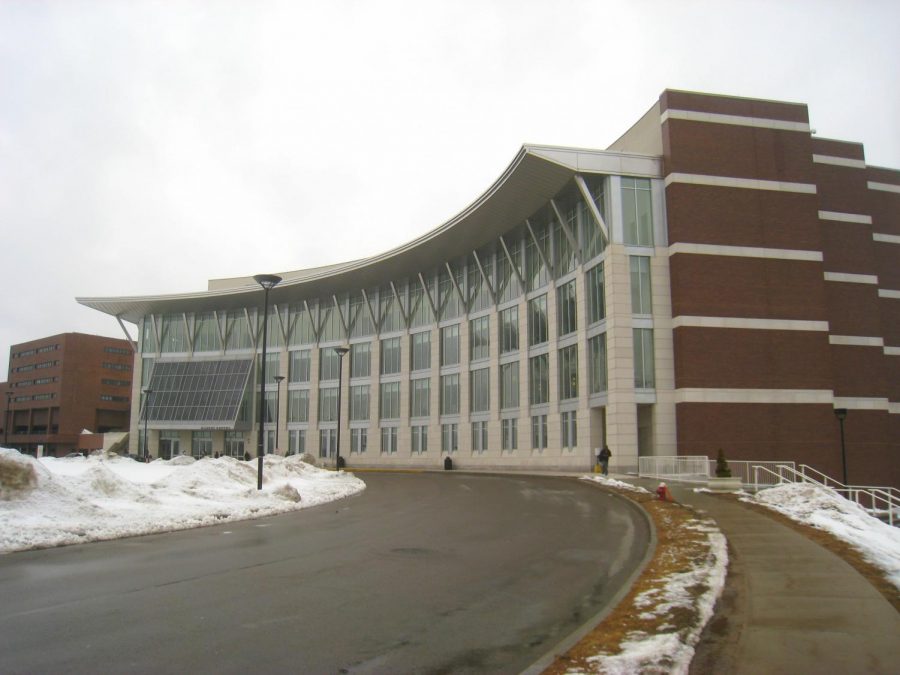Adopt Texas’s “Top 10 Percent” Policy
To account for Boston Latin School’s relentless academic competition among students, a system that guarantees admission based on weighted grade point average at Massachusetts’s flagship public universities would provide all students a sense of relief.
A system similar to this is currently in use in Texas, where students with the top GPAs at each public high school are automatically admitted to the state’s flagship schools, without having to complete the rest of the conventional college application process. Guaranteed admission means skipping the pressure and fees of standardized testing. This allows students to spend more time on discovering their career interests rather than on preparation for college.
Contrary to popular belief, the Texas ten-percent law is actually much fairer than the more widely-used college admissions process and opens up
academic opportunities, particularly for students in under-resourced and underprivileged schools. Having a ten-percent system in Massachusetts would create more possibilities for public high school students, especially considering the disparities in resources among different schools and neighborhoods.
The ten-percent law acknowledges this inequity and relieves underprivileged students from the worry of competing with students from wealthier and more privileged schools in the standard college admissions process, which does not take into account the academic inequality that exists today.
Ms. Alyssa Frank, Director of the BLS Schawbel College Resource Center says, “You have to decide if you want to prioritize the rigor of the coursework that students are taking, and bring that into play or just look at straight up achievement. […] So I think that on its face, those top ten-percent plans are very fair.”
A previous student in Texas who experienced the affirmative action system first hand reflects on the major impacts it had on Texas public high school students in his community BLS history teacher Mr. Jesus Rendon says, “It gave opportunity to students who really took school seriously, who really wanted to make a name for themselves — have a good job, earn a decent living, and also, there was an opportunity. It was also a sort of reward for parents who also value education and wanted their children to […] move forward in society.”
While some may argue that putting so much emphasis on GPAs can cause students to reject extracurricular activities and opportunities, students who prioritize and choose to put effort into school-related academics are also the students who participate in extracurricular and community service activities. Many top-performing students apply to other colleges and universities along with flagship schools. They would remain involved in extracurriculars for their own interest, as they would need to follow standard college application procedures for other schools.
Others argue that an affirmative action system increases an unhealthy school environment, where students must balance their academic competition, along with their social lives. This does touch on a valid point. However, many feeder schools already have this stressful and competitive environment regardless of whether or not they implement affirmative action.
According to Lorenzo Vespignani (V), “That [stressful environment] happens anyways with [the] SAT, so I think, if anything, it would just reduce levels of stress because hopefully, as long as you work hard enough, there’s more of a chance that you get in.”
Admitting these top students to flagship colleges rewards them for all of the hard work they had put into school for the past four years. It is fair to relieve them of the stress and money needed to apply for college. Even if they do not end up going to that specific school, having this reward that provides some relief is completely justified.







